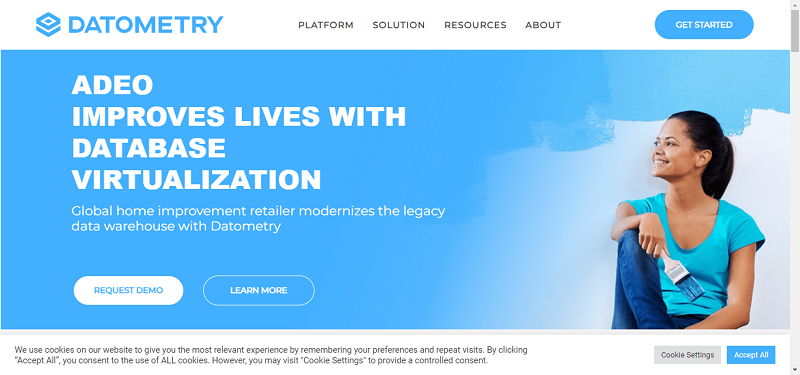Migrating to the cloud can be driven by a number of business factors – reducing capital outlay, increasing the throughput and making the system more robust. Regardless of what reasons they are, the movement to the cloud must be well thought out process. Buzzwords will not save, if you follow the wrong processes. In this post I will cover the issues to think about, during the migration.
1. Deciding on the applications and data to be migrated
You must first decide on what applications and data need to be kept in house and what need to be managed on the cloud. Typical components involved nclude databases, server code, client applications etc. Not all applications are designed for the cloud and this is true if your enterprise has a number of legacy applications. Virtualization can solve the problem in some of the cases, while in other cases you might have to go for a hybrid cloud-enterprise solution until your developers write new applications that supports the cloud resources.
2. Risk mitigation
Managing risk is one of the important factors you must account, especially if you are dealing with sensitive data. Over the years, your developers and engineers might have made a number of hacks to keep your enterprise data secure. Now, as you move many of those hacks would no longer work and might open up new holes you might not realize. Also moving to a public cloud can make your applications and data come under more attack. This requires a proper planning and security audit to understand all the risks involved.
3. Understanding the costs
While cloud computing can be cheap if done the right way, it can also get way expensive if follow the wrong processes. Understanding all the costs involved is a must before the migration. This is especially true if you have already made infrastructure investments recently. You have to take into your account of your performance needs, geo-redundancy requirements, dedicated infrastructure access, etc.
4. Making sure the regulatory things are handled
In many industries there are regulatory issues involved before the migration. For Instance, if you are in the medical industry dealing with patient data that you cannot afford to lose or get leaked, you might not be able to move to a public cloud. Thus, make a list of regulatory requirements and audit needs, and see if your new cloud installation satisfies them all.
5. Training the developers and staff
Developers need to be retrained in writing applications that can leverage your cloud resources well. Your staff must also be trained on the security implications. While cloud Service Providers can provide you good security tools they can’t guard you against human stupidity. Couple of years ago there was an instance of a Twitter staff who inadvertently leaked all the sensitive data about Twitter, stored in her gmail account. The data included their acquisition plans etc and created a storm. Your staff must be informed of the best practices in keeping your data secure, before you can complete the transition.
By Balaji Viswanathan





